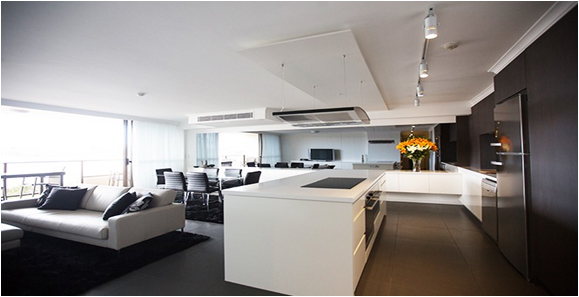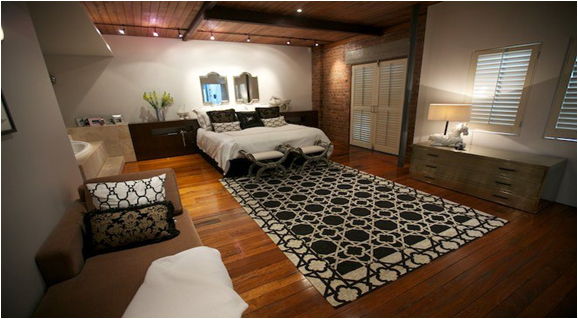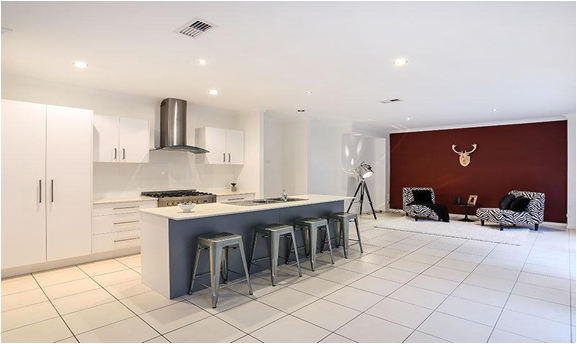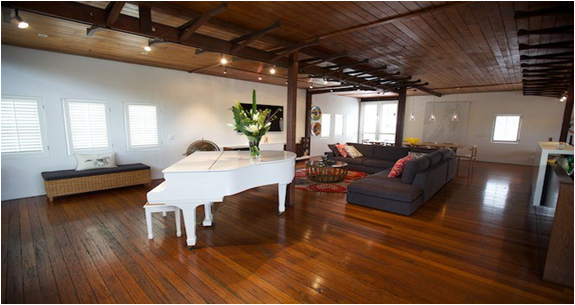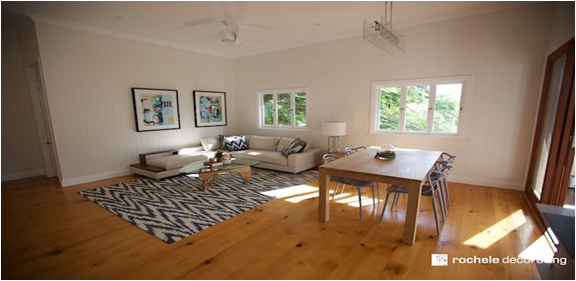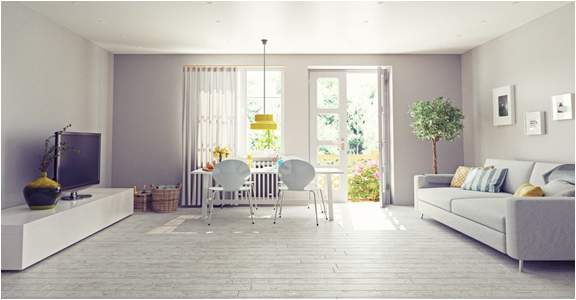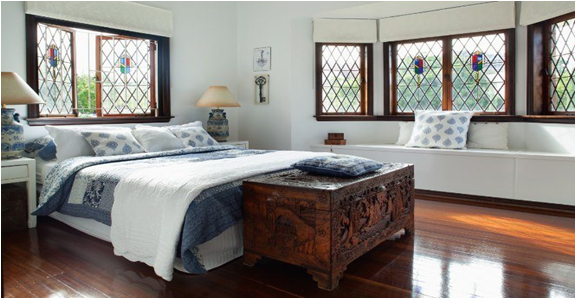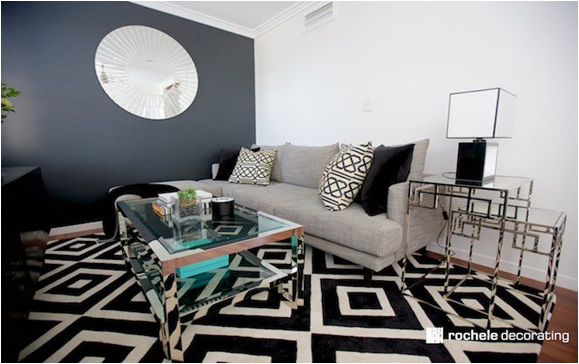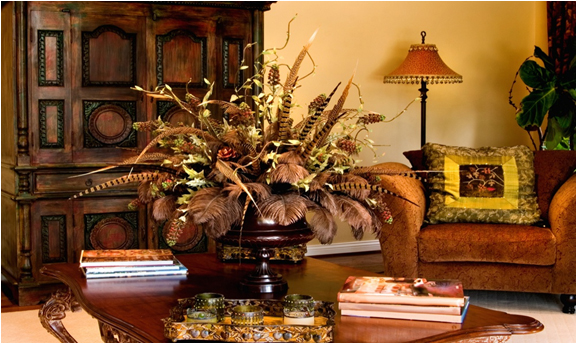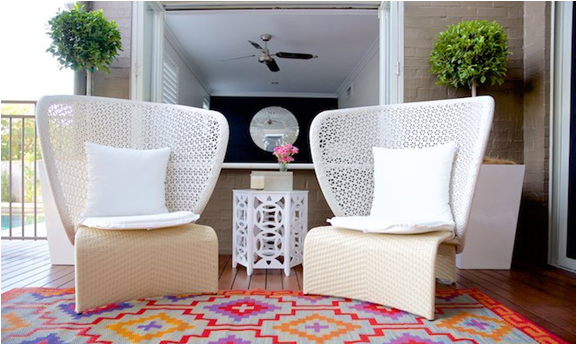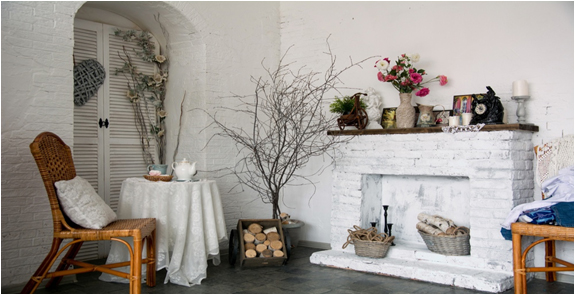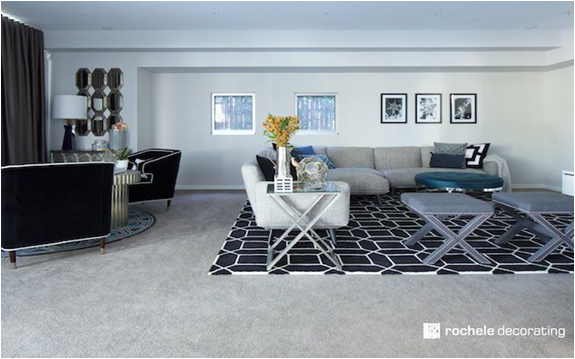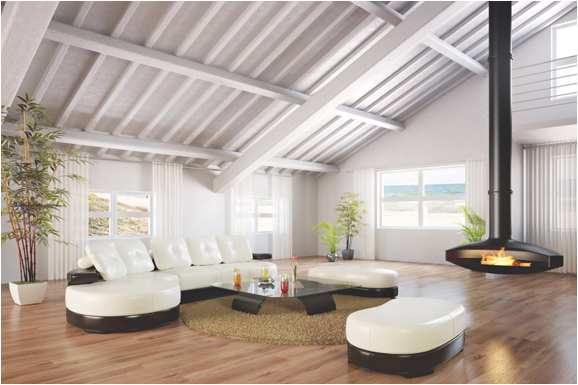Interior design is the art and science of enhancing the interior of a building to achieve a healthier and more aesthetically pleasing environment for the people using the space. An interior designer is someone who plans, researches, coordinates, and manages such enhancement projects.
The goal of interior design is to improve the user experience by better managing the space available in the intervened environment. Basically, it is a way to transform the lives of people who live or enjoy a certain space, improving their quality of life in this through design and decoration.
14 Most Popular Interior Design Styles Explained
Modern, industrial, shabby chic and the list goes on. A significant challenge many of our clients face is a lack of understanding or vocabulary to describe and define their personal interior design style. With an abundance of unique design styles, it can be daunting to decipher which style will work best for you. Some also enjoy combining elements of several styles to create their ideal look.
A great starting point for an interior design project is to learn a bit about each of the styles and how they differ from one another.
1. MODERN
Modern is a broad design term that typically refers to a home with clean, crisp lines, a simple colour palette and the use of materials that can include metal, glass and steel.
Modern design employs a sense of simplicity in every element, including furniture. A word that’s commonly used to describe modern style is sleek, and there is not a lot of clutter or accessories involved with a modern style.

